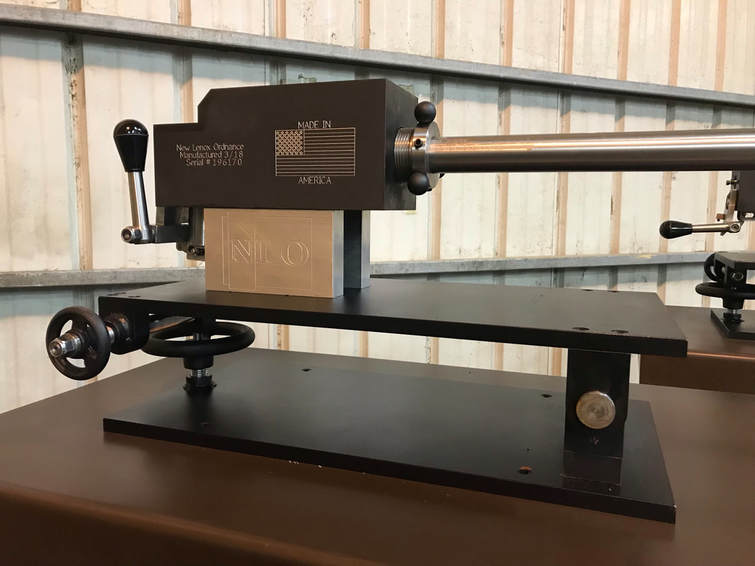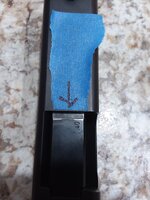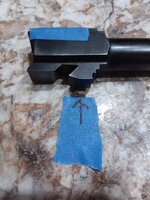Gold Supporter
- Messages
- 24,459
- Reactions
- 37,057
One of the latest youtubers I have subscribed to, developed a universal handgun frame that he uses to test homemade barrels he makes. He calls it the UTAH pistol.
This has motivated me to build my own universal pistol that will accept commercially produced locked breech style barrels of various brands and chambered in a variety of cartridges. My initial thoughts are to use an AR15 receiver set but I haven't settled on that idea yet. The function will be single shot and most likely require unscrewing a collar to load, reload and to change barrels.
Why? For the fun of it.
This has motivated me to build my own universal pistol that will accept commercially produced locked breech style barrels of various brands and chambered in a variety of cartridges. My initial thoughts are to use an AR15 receiver set but I haven't settled on that idea yet. The function will be single shot and most likely require unscrewing a collar to load, reload and to change barrels.
Why? For the fun of it.















